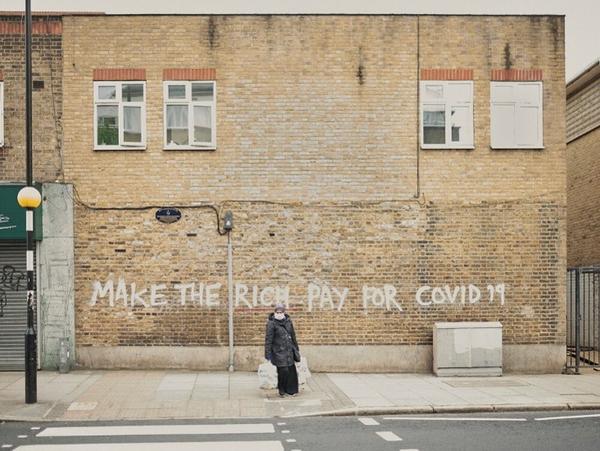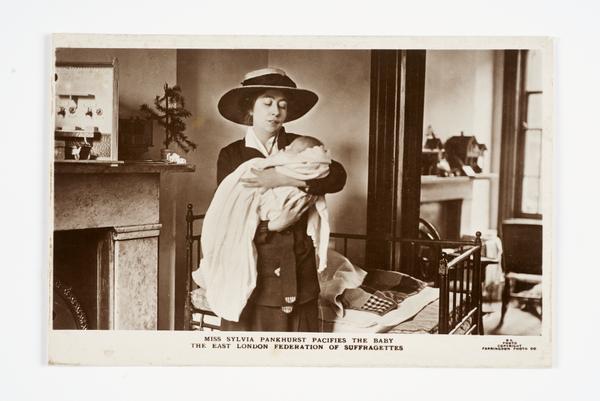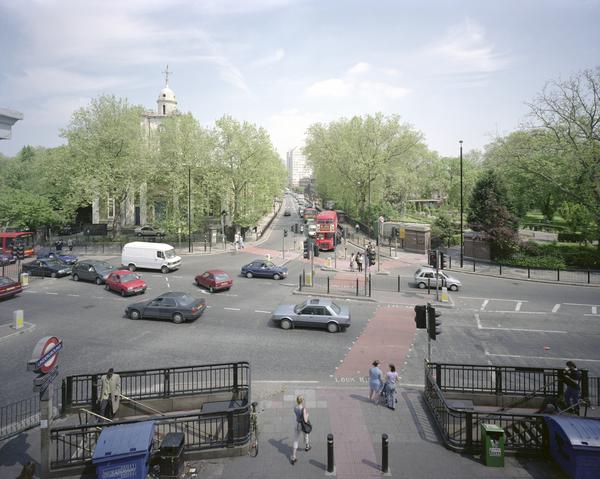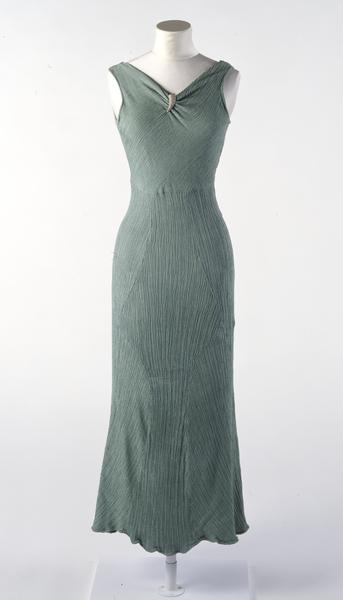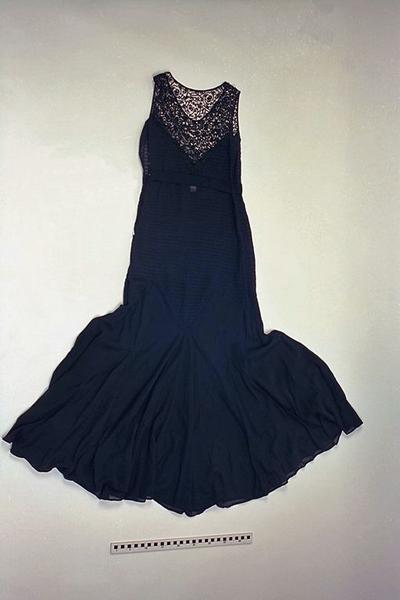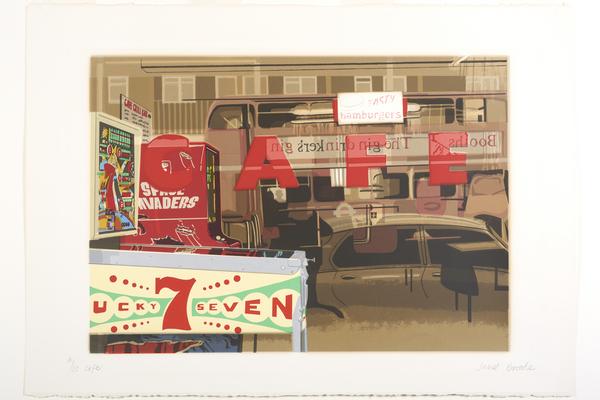Roman Road Market: Shopping for East London history
Roman Road Market has been a hub of the East End for over a century. Independent businesses line the street, and on market days, traders fill the road, serving new outfits, the week’s ingredients and some uplifting human interaction.
Bow, Tower Hamlets
Since 1843

The market in 2013.
Suffragettes, grime and jellied eels
Have you ‘gone down the Roman’ lately? Roman Road Market in east London has been around for over 150 years, making it one of London’s oldest trading street markets.
After beginning informally in the mid-19th century, the market was legally established in 1888. Since then it’s become an anchor of the community in Bow.
It’s played a part in the stories of local Suffragettes and grime music pioneers. And in 1989, its archaeological and historical importance saw Ridley Road recognised as a Conservation Area by Tower Hamlets Council.
Like all of the East End, the market has changed along with its local community. Jewish, Irish, Italian and Bangladeshi people have all settled in the area, and many have set up for business along Roman Road.
“one of the great market streets in London”
Charles Booth’s survey of London, 1897
Roman Road’s Roman roots
The market street runs parallel to an ancient Roman road that connected London to Colchester. Parts of the road were discovered in 1845, and here at London Museum, we have some Roman objects from the nearby roadside settlement at Old Ford.
This history explains the Latin-inscribed archways installed at each end of the market in 1986.
The Victorian market and beyond
In 1897, a researcher working on Charles Booth’s survey of poverty in London visited Roman Road market. The researcher, George Duckworth, described it as “one of the great market streets in London,” offering “things to be bought of every sort: even patent leather shoes”. He found “good quality as well as cheapness”.
By 1901, the market boasted close to a hundred stalls selling fresh produce, furniture and clothing.
Our collection includes a few dresses from Lilian Lipley, who ran a small dressmaking business in Roman Road from 1922 to about 1934. Lipley employed around 10 local women to make clothes for clients who lived nearby.
A constant in a changing place
The shoppers and business-owners on Roman Road have reflected its changing local community.
In the 19th and early 20th century, it was Jewish, Italian and Irish families who came in large numbers to live in the East End. G Kelly’s pie and mash shop, started by an Irish family, has been running on Roman Road since 1939.
There are also places to eat delicious Bangladeshi specialities, the product of a community which established itself in the area over the last 80 years.
At Roman Road, you can eat your way through courses of East End history, and see how each one interacts with the other. At Randolfi's cafe, established by an Italian in 1912, they display menus in both English and Bengali.
Suffragette connections
Roman Road also played a role in the struggle for women's rights. The East London Federation of Suffragettes was headed by Sylvia Pankhurst, who lived nearby.
Their newspaper, The Woman's Dreadnought, was published from 321 Roman Road and was printed by Arbers & Co, a local print shop that operated from 1897 until 2014. A copy of the paper is part of our museum's extensive Suffragette collection.
Suffragettes regularly held meetings at Bow Baths, sadly destroyed during the Second World War (1939–1945). They also had a market stall selling their magazine, handmade toys and second-hand goods to fund their activism.
A cornerstone of grime music
Roman Road was once home to Rhythm Division, a record shop that played a pivotal role in the development of grime music. The genre was born in east London in the early 2000s and the grime pioneers Wiley and Dizzee Rascal grew up in Bow.
hythm Division was a meeting point, a place to buy and share the latest music, and a spot to swap ideas. It closed in 2010, replaced by a coffee shop.
Roman Road Market today
The market now runs on Tuesdays, Thursdays and Saturdays. In the stalls and shops, you might find clothes, homeware, textiles, flowers, perfume, jewellery, hot food, pastries, fruit, vegetables and other groceries. It’s still a good place for a bargain.
Roman Road has managed to keep its local character in an era of homogenised high streets. Heritage businesses rub alongside newer independent traders. There’s the family-run Abbot’s Interiors – over 130 years old, and perhaps the oldest surviving trader. Elif’s gözleme, preparing and serving Turkish stuffed flatbreads. Candi Donut Co, run by Andy Adenegan. And the decades-old Thompson’s DIY, Sew Amazing and Dennington’s florist.






